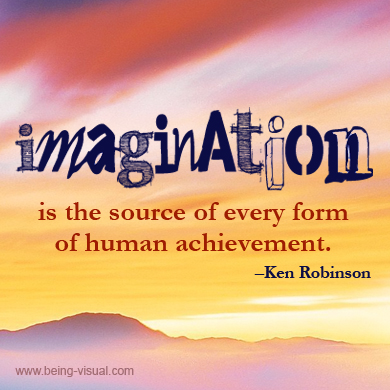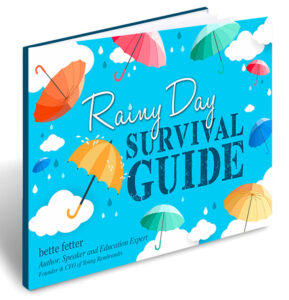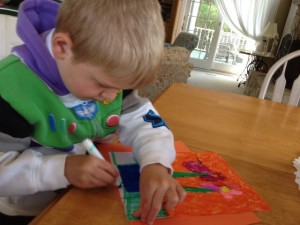 For Mother’s Day I sat with my grandson and together we made a present for mom. Knowing mom loves his art, I taught Brayden how to draw a pot of flowers. After drawing we talked about colors and coloring until ‘all the white parts of the paper were covered’. Four-year-old Brayden sat still, used his fine motor skills, was quiet, intentional and focused for at least forty minutes. His satisfaction and finished drawing was a reminder of how much impact forty minutes of focused activity means to a developing preschooler.
For Mother’s Day I sat with my grandson and together we made a present for mom. Knowing mom loves his art, I taught Brayden how to draw a pot of flowers. After drawing we talked about colors and coloring until ‘all the white parts of the paper were covered’. Four-year-old Brayden sat still, used his fine motor skills, was quiet, intentional and focused for at least forty minutes. His satisfaction and finished drawing was a reminder of how much impact forty minutes of focused activity means to a developing preschooler.
Imagine being a kindergarten teacher, tasked with teaching 25 sweet young students how to write. It’s a pretty daunting task and not for the faint of heart. Now imagine how much harder it is if these young ones can’t sit still, use a pencil, follow directions or spend much time in any focused task. Now imagine the enormity of the task for your kindergartener. There’s a lot riding on being able to write – and write legibly. From now on school is going to be about writing. The physical act of writing, even the speed of one’s writing,
Read More
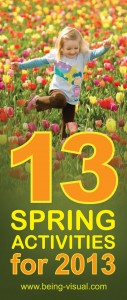 impact the arts has made on the lives of kids.
impact the arts has made on the lives of kids.
 For Mother’s Day I sat with my grandson and together we made a present for mom. Knowing mom loves his art, I taught Brayden how to draw a pot of flowers. After drawing we talked about colors and coloring until ‘all the white parts of the paper were covered’. Four-year-old Brayden sat still, used his fine motor skills, was quiet, intentional and focused for at least forty minutes. His satisfaction and finished drawing was a reminder of how much impact forty minutes of focused activity means to a developing preschooler.
For Mother’s Day I sat with my grandson and together we made a present for mom. Knowing mom loves his art, I taught Brayden how to draw a pot of flowers. After drawing we talked about colors and coloring until ‘all the white parts of the paper were covered’. Four-year-old Brayden sat still, used his fine motor skills, was quiet, intentional and focused for at least forty minutes. His satisfaction and finished drawing was a reminder of how much impact forty minutes of focused activity means to a developing preschooler. It was a rainy Saturday morning and four year old Brayden was looking for something to get busy with. He got out his crayons and drawing paper and came to find grandma. He thinks that because I can draw – I am his personal illustrator and coloring book. But instead of me doing all the drawing – we drew and colored together.
It was a rainy Saturday morning and four year old Brayden was looking for something to get busy with. He got out his crayons and drawing paper and came to find grandma. He thinks that because I can draw – I am his personal illustrator and coloring book. But instead of me doing all the drawing – we drew and colored together.
 and these warm, carefree days give us the perfect opportunity. However, too many lazy days can result in the well-worn phrase “I’m bored.” Today’s kids have so much technology at their fingertips — TV, movies, video games, the internet — that it can take some special effort to get them engaged in a wider variety of activities, activities that are important to keeping them “mentally fit”.
and these warm, carefree days give us the perfect opportunity. However, too many lazy days can result in the well-worn phrase “I’m bored.” Today’s kids have so much technology at their fingertips — TV, movies, video games, the internet — that it can take some special effort to get them engaged in a wider variety of activities, activities that are important to keeping them “mentally fit”.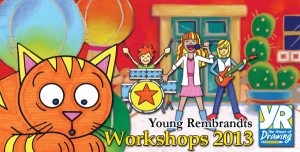
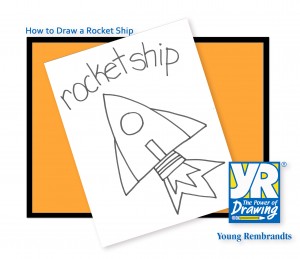 Although this drawing lesson was written with kids in mind, it’s fun for adults, too. This how to draw video series is the result of teaching children how to draw in Young Rembrandts for over twenty years!
Although this drawing lesson was written with kids in mind, it’s fun for adults, too. This how to draw video series is the result of teaching children how to draw in Young Rembrandts for over twenty years!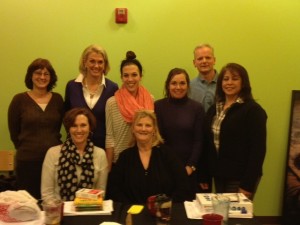
 Tonight I am honored to be the special guest at “Mother’s and More”. Join me as I will be speaking on “The Value of Arts on Early Learning Development for Children.”
Tonight I am honored to be the special guest at “Mother’s and More”. Join me as I will be speaking on “The Value of Arts on Early Learning Development for Children.”